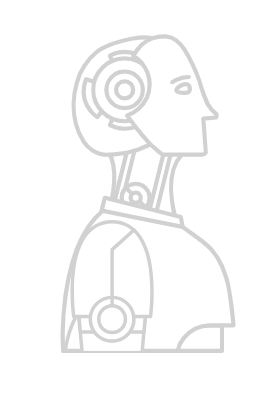HUMANOID ROBOT AVATARS

This project was funded by the European Commission with a Marie Curie fellowship granted to Dr. Laura Aymerich-Franch (FP7-PEOPLE-2013-IOF).
The goal of the project was to better understand people’s social interaction and cooperation with humanoid robots through the use of robot avatars.
Humans’ cooperation with robots in conjoint actions is fundamental for the implementation of these machines into society since cooperation can determine the humanoid success in situations of rescue activities, hazardous operations, or assistance of elderly and people with disabilities, among others.
The project introduces important novelties in the area of human-robot cooperation:
- It addresses people’s understanding of robots from an innovative perspective by applying the principles of social perception theories to predict human cooperation with a robot.
- It deals with the cutting-edge research field of embodiment of people in robotic bodies physically present in a remote location.
- It provides important insights for developing socially competent humanoid robots.
- It provides designers and engineers with a new perspective that enable them to create robots with a better capacity to predict human behavior in situations of cooperation and with higher social acceptance.
Thanks to “Humrobcooperation” we now know much more than before about how humans behave and react towards the possibility to cooperate not only as two entities but in a symbiotic manner, becoming a sole entity through a process of humanoid robot embodiment.
Publication list
Aymerich-Franch, L., Kishore, S., Slater, M. (2019). When Your Robot Avatar Misbehaves You Are Likely to Apologize: An Exploration of Guilt During Robot Embodiment. International Journal of Social Robotics
Aymerich-Franch, L., Petit, D., Ganesh, G., & Kheddar, A. (2017). Object Touch by a Humanoid Robot Avatar Induces Haptic Sensation in the Real Hand. Journal of Computer-Mediated Communication, 22(4).
Aymerich-Franch, L., Petit, D., Ganesh, G., & Kheddar, A. (2017). Non-human looking robot arms produce illusion of embodiment. International Journal of Social Robotics.
Aymerich-Franch, L. (2017). Mediated embodiment in new communication technologies. In: Khosrow-Pour, M. [ed.]. Encyclopedia of Information Science and Technology, 4th Edition. Hershey, PA: IGI Global.
Aymerich-Franch, L., Petit, D., Ganesh, G., & Kheddar, A. (2016). The second me: Seeing the real body during humanoid robot embodiment produces an illusion of bi-location. Consciousness and Cognition, 46, 99-109.
Aymerich-Franch, L., Petit, D., Ganesh, G., & Kheddar, A. (2015). Embodiment of a humanoid robot is preserved during partial and delayed control. Proceedings of the IEEE International Workshop on Advanced Robotics and its Social Impacts (ARSO 2015). July, 1-3, Lyon, France.
Funding
“Humrobcooperation” (2014-2017) was a Marie Curie IOF project (grant agreement nº PIOF-CT-622764) funded by the European Union (FP7-PEOPLE-2013-IOF).
Funded by the European Commission

